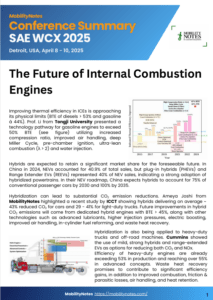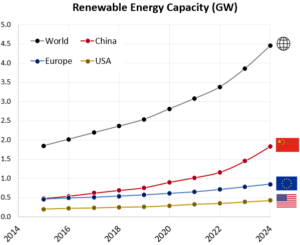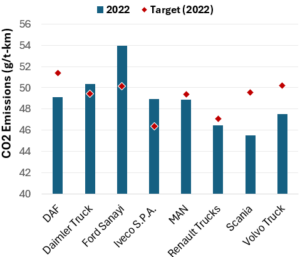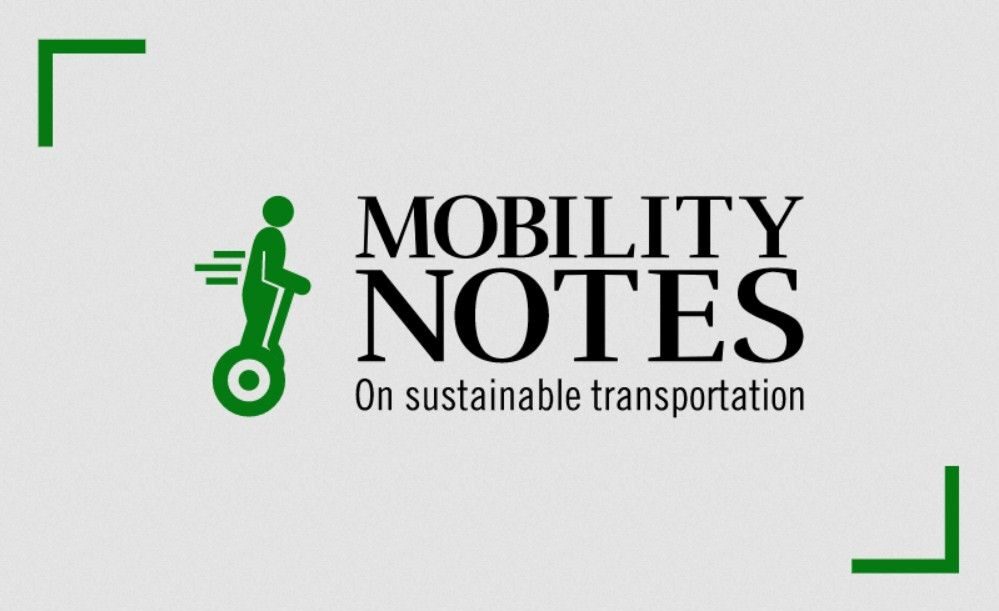Regulations
CARB proposes to modify the MY 2024 low NOx Omnibus standard
California Air Resources Board (CARB) has proposed an amendment to its low NOx Omnibus standard for MY 2024 vehicles.
Background
We have covered California’s Low NOx Omnibus regulation here, which were adopted on September 9th, 2021, setting a very challenging set of requirements for heavy-duty trucks to reduce tailpipe NOx emissions,
Following the U.S. EPA’s nationwide version, CARB agreed with the truck and engine manufacturers to align with those in return for support for electrification. We have covered this here.
One continued difference compared to the EPA is that California will require compliance with interim standards starting MY 2024, while EPA starts implementation with MY 2027.
However, it is evident that manufacturers are not introducing sufficient engines compliant with these MY 2024 standards, affecting fleet options to buy new trucks. Hence CARB is proposing an amendment to some of the flexibility provisions.
What's in the proposed amendment?
Increased flexibility for legacy engines
The original standard provides some flexibility for OEMs to sell heavy-duty diesel engines (HDDEs) engines compliant with current NOx standards (0.2 g/bhp-hr), so called “legacy” engines. These are capped at 45% and 25% of each OEMs sale in California, in MY 2024 and 2025 respectively. The exceedence in NOx emissions are required to be offset by using HD zero-emission credits, combustion credits (lower-than-required NOx emitting engines), or projects in disadvantaged communities.
The new proposal extends this flexibility through 2 options:
(1) Inclusion of MY 2026 as another year in which legacy engines can be sold, capped at 10%
(2) Extend the legacy provisions to manufacturers producing medium heavy-duty diesel (MHDD) engines
- The fraction of MHDD legacy engines sold is capped at 60% in each of MY 2024 and 2025.
- There are similar provisions to offset the increased emissions from legacy engines
Implications
Given that OEMs have deferred any plans to introduce new engines meeting MY 2024 – 2026 standards, California has taken a pragmatic step to increase flexibility for legacy engines. This should encourage new engine certifications, as a stepping stone to fully compliant MY2027 engines. The overall impact of this amendment is expected to be emissions and cost-neutral (mostly) given that both are offset through credits in other places. There are considerations for reduced DEF consumption for legacy engines that result in some cost savings for fleets, which CARB documents in their proposal. But overall, it remains to be seen if these measures are sufficient to encourage new engine introductions in California next year and beyond.
Sign up here to receive such summaries and a monthly newsletter highlighting the latest developments in transport decarbonization
5-Min Monthly
Sign-up to receive newsletter via email
Thank you!
You have successfully joined our subscriber list.
Recent Posts

Conference Summary – SAE WCX 2025
![]()
A summary of the “SAE WCX 2025” conference held in Detroit.

IRENA Renewable Energy Capacity Statistics 2025
![]()
According to the latest report from IRENA, 2024 saw the largest increase in renewable capacity, accounting for 92.5% of overall power additions.

CO2 Emissions Performance of Heavy-Duty Vehicles in Europe – 2022 Results
![]()
The European Commission has published the official 2022 CO2 emission results for heavy-duty vehicles. Many OEMs are ahead of the targets and have gained credits, while others have their work cut out as we approach the 2025 target.

